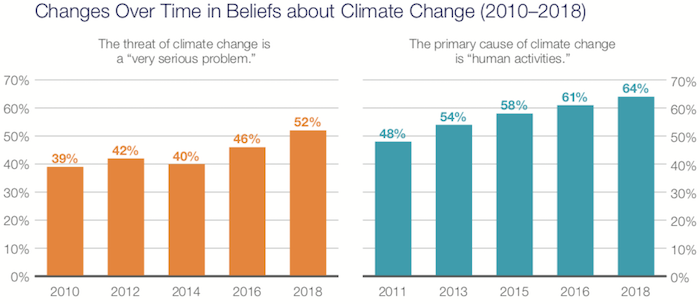
Stephen Klineberg
This is one of several articles Texas Climate News is publishing to mark the first anniversary of Hurricane Harvey’s catastrophic arrival last year.
+++
A veteran of opinion polling and the charting of demographic shifts in Houston for nearly four decades, Stephen Klineberg is undoubtedly the chief go-to person if you have questions about the evolving attitudes of area residents about major public issues.
An emeritus professor of sociology at Rice University, Klineberg founded its annual Kinder Houston Area Survey, now in its 38th year. He is also founding director of Rice’s newer Kinder Institute for Urban Research, which now conducts the survey. He is completing work on a book, tentatively entitled “Prophetic City: Houston on the Cusp of a Changing America,” which is expected to be published in October 2019 by Simon & Schuster.
The latest Houston Area Survey, conducted a half-year after Harvey struck, found that concern about climate change had continued to grow among Houston-area residents. Also growing was residents’ agreement with researchers worldwide that global warming is primarily happening because of human activities. The activity most blamed by scientists is the use of fossil fuels, historical bedrock of the Houston economy.
Klineberg is one of several knowledgeable Houstonians to whom Texas Climate News editor Bill Dawson posed the following questions in our effort to gauge whether the catastrophic storm has shifted attitudes about climate change in Houston, a place highly vulnerable to the impacts of the climate disruption that scientists say is unfolding and will grow worse:
- A year on, do you think Harvey has notably changed attitudes on climate change in Houston — either among leaders and other influential people or among the population as a whole? Among some, but not others?
- If so, can you provide some key examples and what effects the attitude shift may have, moving forward?
- If you don’t think attitudes toward climate change have moved much, even after such a catastrophic weather event, why do you think that is?
Klineberg sent the following reply by email.
+++
Some quick thoughts, drawn from the draft of our forthcoming book:
(1) Here is the PowerPoint slide showing the changes since 2010 in Harris County beliefs about climate change.

Source: 2018 Kinder Houston Area Survey, Rice University
Here’s how I wrote about this in the book draft:
The 2018 survey (conducted six months after Harvey) replicated two questions about climate change that have been asked periodically over the past ten years. The data indicate clearly that beliefs have been changing. Back in 2010, only 39 percent of area residents thought that the threat of climate change was a “very serious problem.” That concern grew to 46 percent in 2016 and to 52 percent in 2018; only 22 percent in the most recent survey thought climate change was “not a very serious problem.” When asked what they believed to be the primary cause of this changing climate, 64 percent in the 2018 survey thought it was “mainly caused by human activities.” Only 58 percent took that position in 2015; just 48 percent in 2011.
(2) In the 2018 Houston survey, more than 75 percent of the survey participants agreed with the suggestion that, “It is almost certain that the Houston region will experience more severe storms during the next ten years compared to the past ten years.”
(3) Beyond the issue of climate change is the broader recognition that Harvey has become a major wake-up call inducing Houston’s business and civic leadership to redefine its “pro-growth” strategies. An early sign that attitudes were shifting after Harvey came when the City Council voted in April 2018 to require all new developments in floodplains to be built two feet above the projected water level in a 500-year storm. Even more compelling was the Aug. 25 bond referendum calling for $2.5 billion in flood infrastructure spending to protect the area in future storms. This was by far the largest bond Harris County voters have ever approved, to be paid for by an increase in their property taxes, yet the bond passed with more than 85 percent approval.
+++++
Image credits: Photo – Wikimedia Commons. Chart – Kinder Institute for Urban Research.
